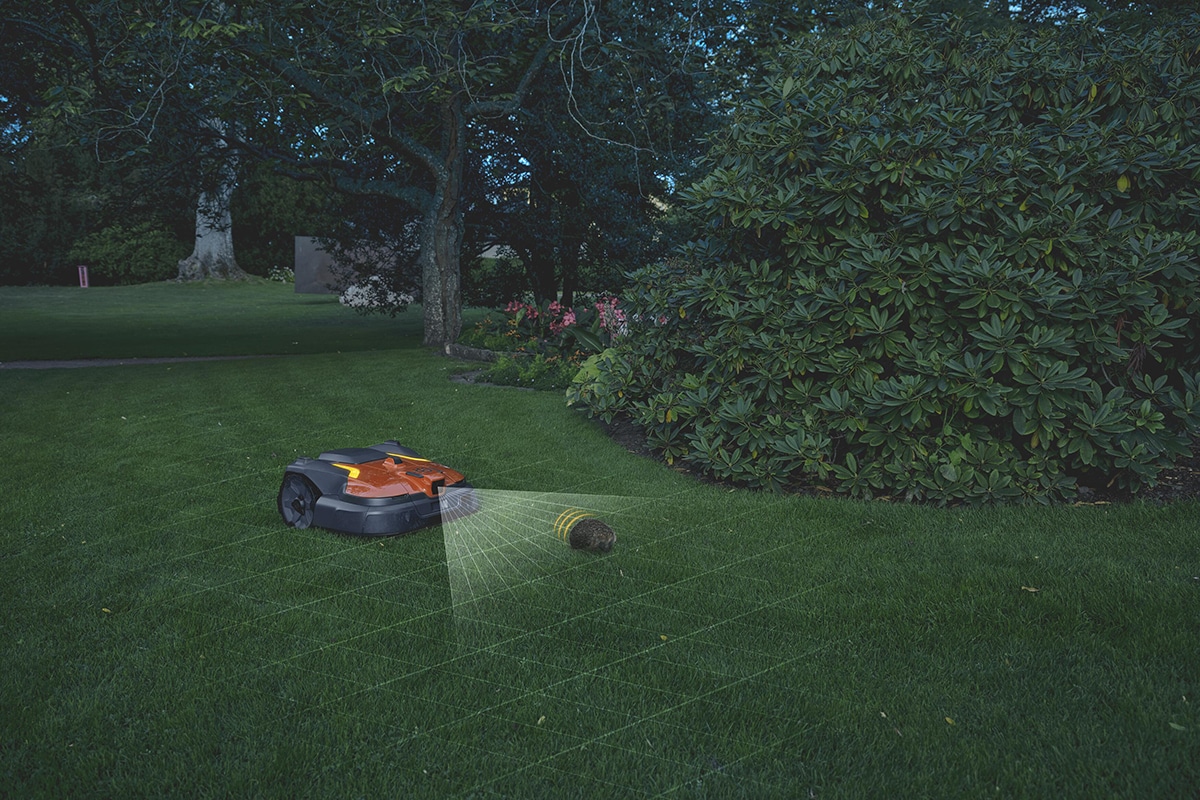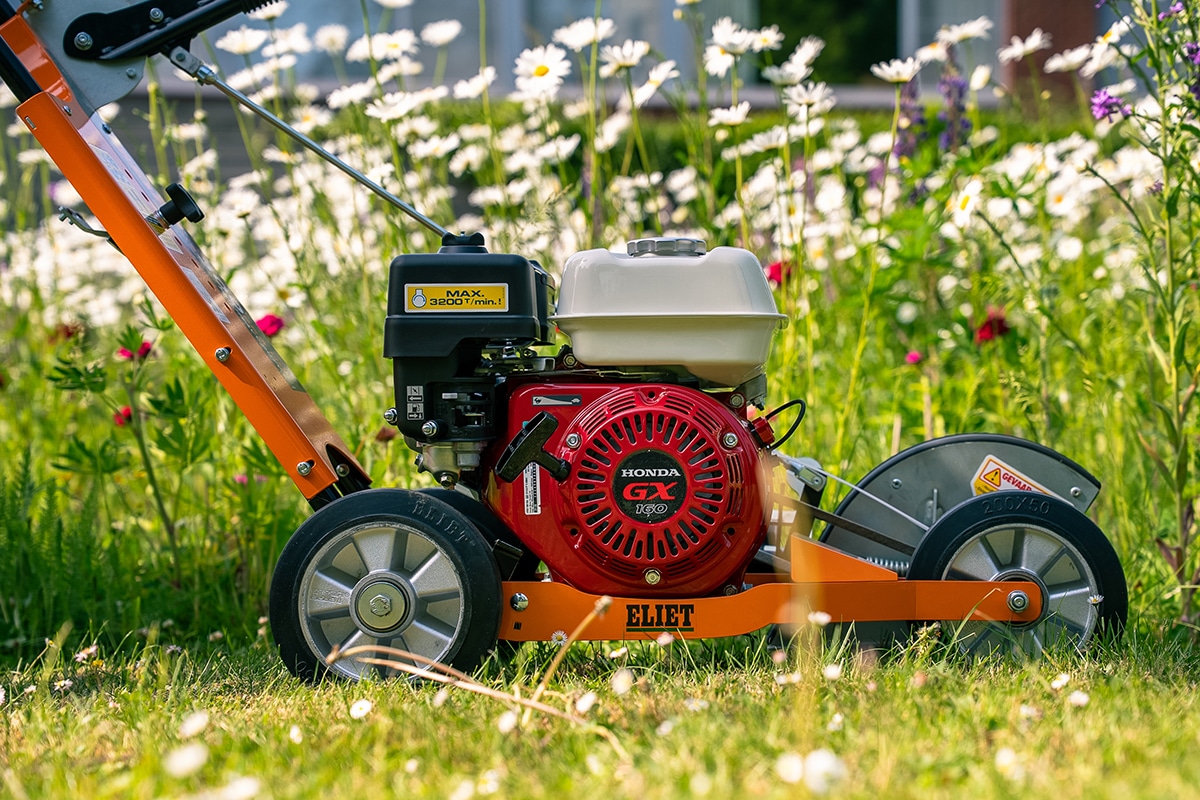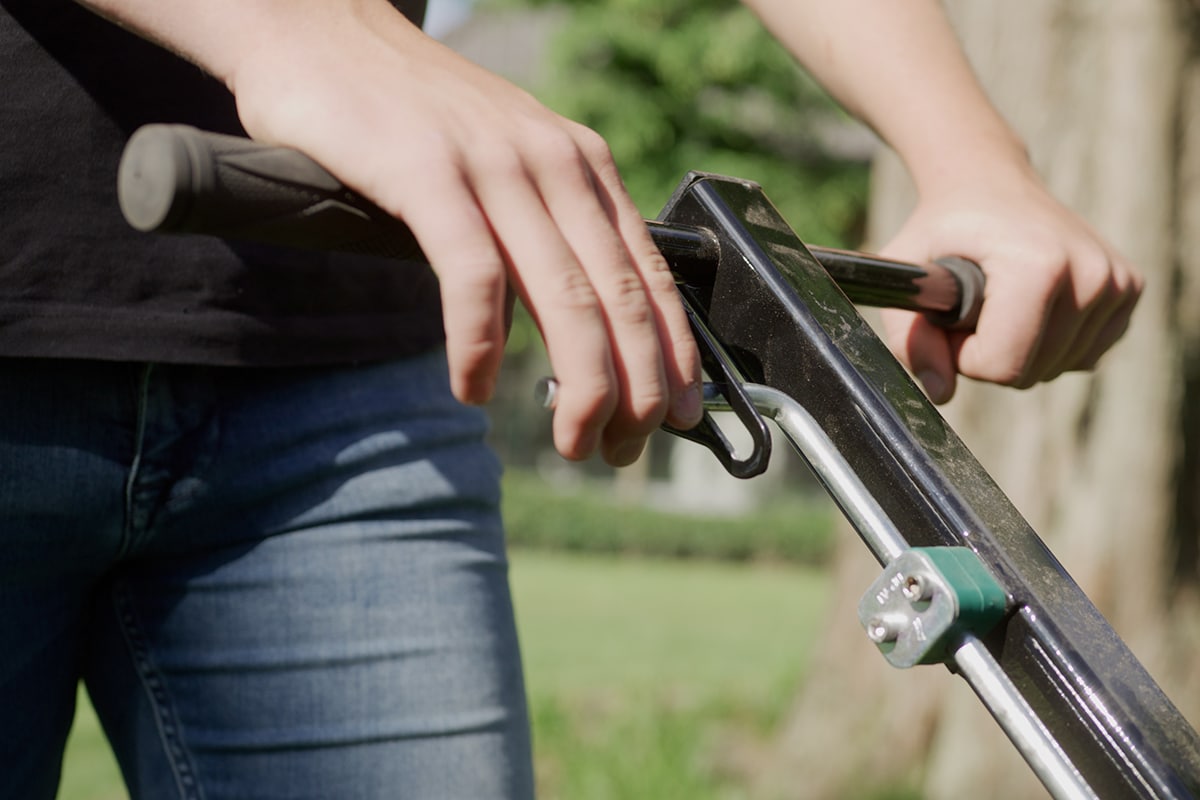
The expertise of the Antwerp-based company Emotrade. The green roof from a to z
In this way the company is responding to the still strongly increasing demand for intensive and extensive green roofs. Interest has been growing noticeably not only in private individuals and companies, but also in the government, so that a green roof is now chosen almost as standard in government contracts.
Scandinavian influences
In Scandinavian countries, the principle of vegetation on roofs has been used for centuries. One of the major advantages is that they can buffer and delay significant amounts of rainwater via evaporation or drainage. However, the aesthetic, thermal and sound insulation properties of a green roof are also not negligible. Furthermore, green roofs offer protection against the effects of UV rays and also filter a lot of annoying dust particles from the air.
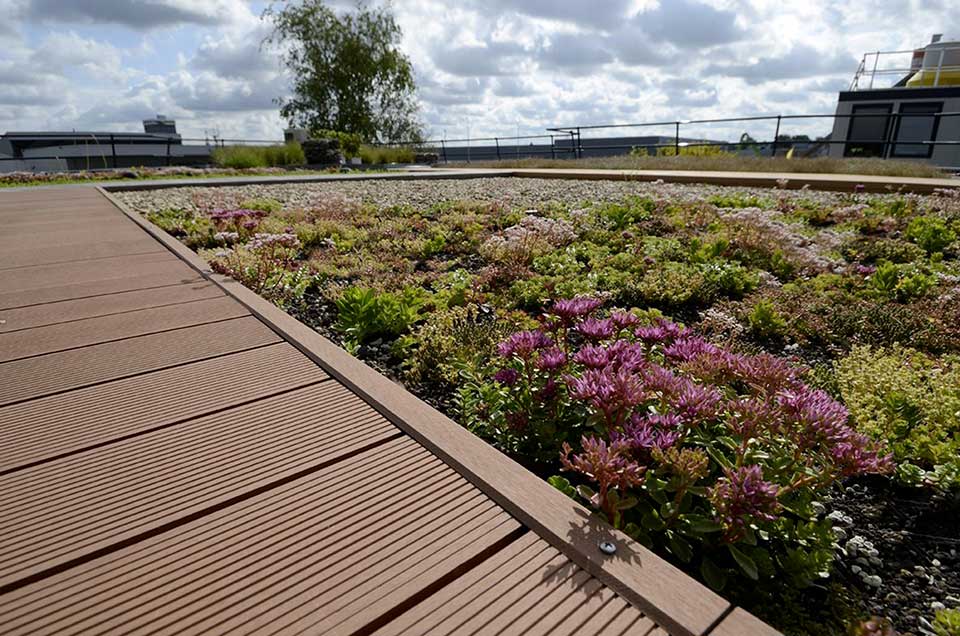
Extensive or intensive?
The first choice to make is this one for an extensive or an intensive green roof.
With an extensive green roof, vegetation is kept rather limited. Here we mainly think of sedum, moss, succulents and herbs. Such a green roof is relatively lightweight, requires little maintenance and can also be retrofitted to an existing house. Extensive green roofs are usually not walkable and do not require a permit.
Intensive green roofs usually involve higher vegetation, such as certain grasses, shrubs and even trees, whether in planters or not. This requires a thicker layer of substrate with more weight, requiring an appropriate substructure. intensive green roofs often have walkways and must be licensed. An intensive green roof usually cannot be retrofitted to an existing building.
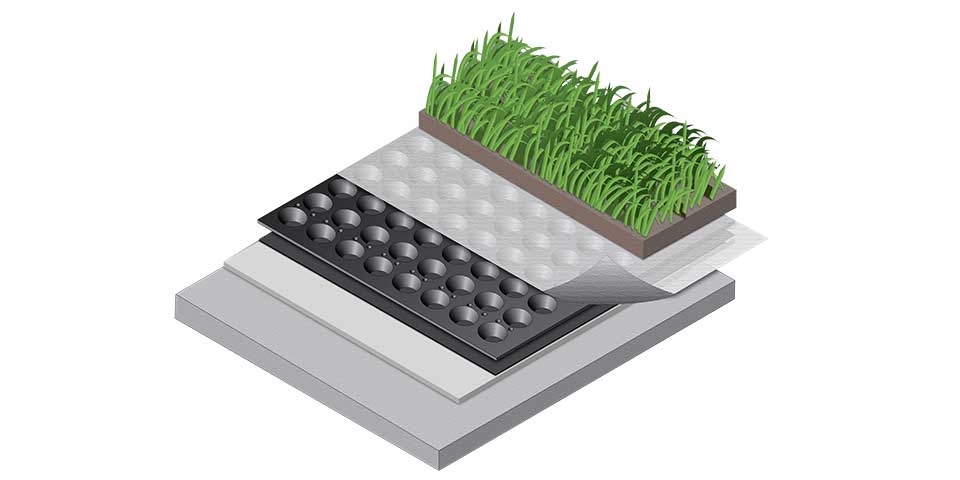
The structure
Every green roof is made up of several layers. From bottom to top we distinguish a water-retaining layer, a root-retaining layer, a protective layer, a drainage layer, a filter fabric, a substrate layer, an erosion layer and finally a vegetation layer. However, not every green roof has all these layers; sometimes some functions are combined in the same layer, such as root and water retaining layer.
Extensive range
Emotrade has a whole range of products that allow to build any kind of green roof according to the rules of art.
ANTIWORTELDOEK is a non-woven coated geotextile that serves as a root-repellent and water-resistant element.
The EMOPLAAT MAU is a rubber protective mat that provides an optimal waterproofing layer.
EMODRAIN AS is an asymmetric studded mat, with or without a geotextile, which can be used both horizontally and vertically. The perforated version ISO-DRAIN, placed with the studs facing down and covered with a geotextile, serves as a water reservoir. Perforations in the base surface provide drainage of excess water.
GEOTEX is an extensive range of non-woven geotextiles (webs), produced from the most common polymer types such as polyester, polypropylene and polyethylene.
Finally, EMOWALL is a modular grid system with irregular shapes that allows facades to be vegetated.
Green professionals who want to focus more on green roof construction can also always contact Emotrade for detailed information and advice.
